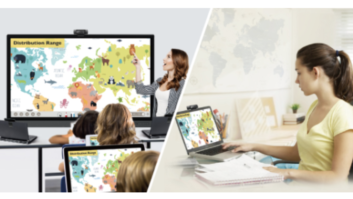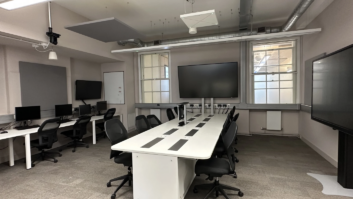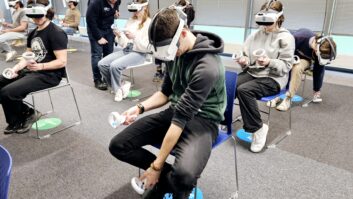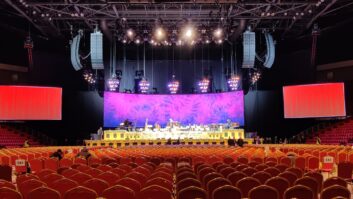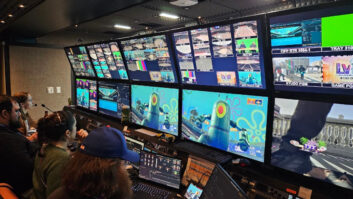It’s suggested by experts that the average person remembers only 10 per cent of what they read, 20 per cent of what they hear and 30 per cent of what they see.
For a teacher, such figures demonstrate the magnitude of their task in educating a class full of children – each with varying abilities, interests and (most painstakingly) attention spans.
However, figures suggest a whopping 90 per cent of people remember things they experience. Of course, a school classroom remains the primary location for learning – with field trips, locally and internationally not possible (or financially feasible) on a regular basis. Imagine the time and expense of taking a group of kids to see, say, the pyramids in egypt, to accompany what they’ve been learning in history class.
“We believe VR/AR has the potential to be a standard tool in education and could revolutionise the way in which students are taught”
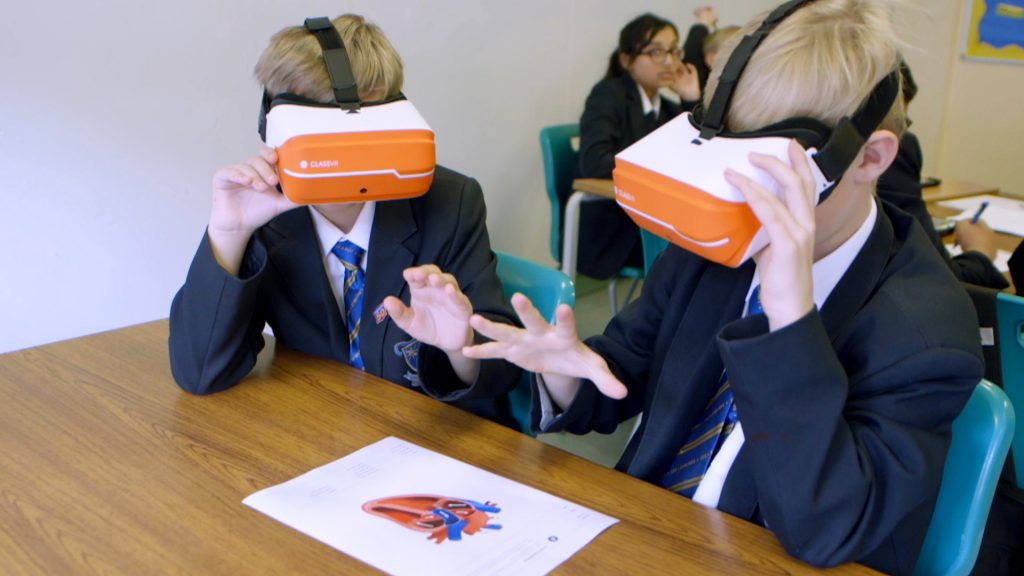
It’s perhaps little surprise, that VR and AR technology/software is becoming increasingly popular within academic circles, removing such obstacles/barriers, whilst retaining the experience.
“We believe VR/AR has the potential to be a standard tool in education and could revolutionise the way in which students are taught for the both the K-12 segment (pre college) and higher education,” Goldman Sachs wrote in a recent report.
Lucrative
The market is certainly responding. Figures from analyst’s IDC forecast that global revenues for the AR/VR market will increase 100 per cent or more over each of the next four years, with spend on AR/VR products and services expected to soar from $11.4 billion in 2017 to nearly $215 billion 2021.
Whilst not dominant, education is expected to represent a sizable chunk of this figure.
For those of you that visited Bett 2018 in London this January, it was clear that VR is a technology on the rise, and one resonating well with children (and adult journalists).
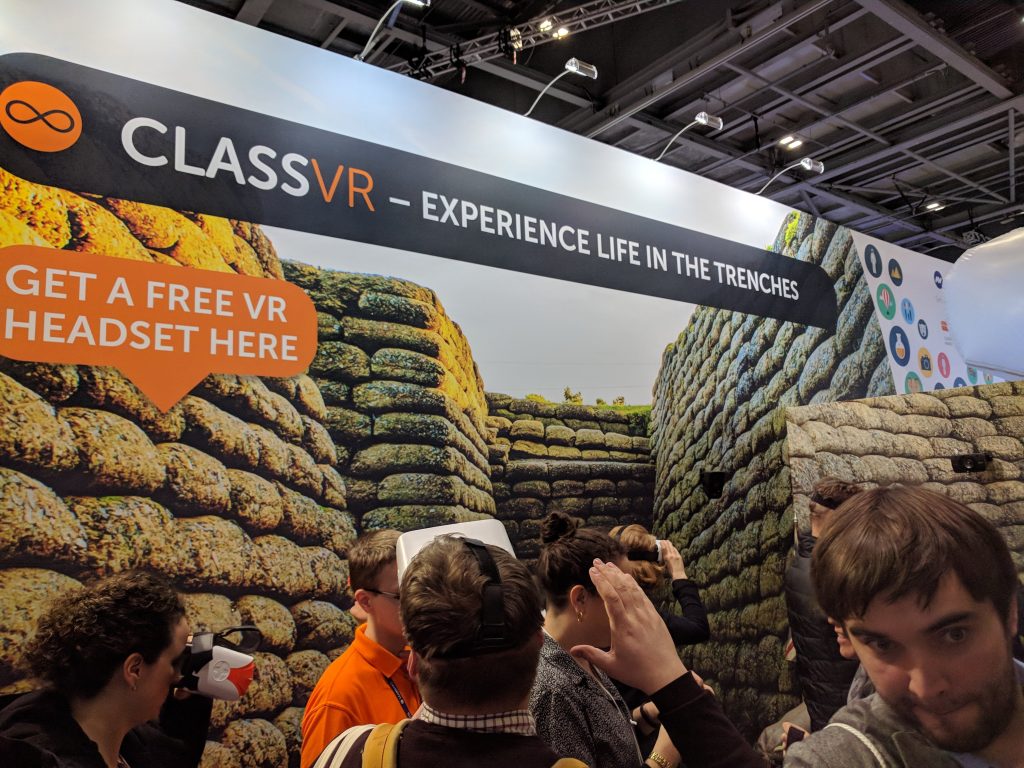
One of the most prominent and busiest stands at the show belonged to AVANTIS – a specialist in educational technology for over 20 years (see box out) – who was showcasing the benefits of its ClassVR solution.
“The whole point and purpose of VR is providing people with an experience,” Huw Williams, marketing director at AVANTIS, explained to AVTE “It’s drastically different to watching a video, because you’re able to decide what and where you look.”
“We know the key thing within education with VR is that it increases engagement exponentially. Kids want to use the technology and are engaged with what they are seeing”
Primed and ready
ClassVR, launched at Bett 2017, has been built to offer a new form of learning in the classroom, providing – so says Huw – a more immersive, memorable and (crucially) fun experience.
The market has been well primed. For VR and AR over the past 12 months has become increasingly embedded in the lives of many children and adults through gaming applications.
For example, Nintendo’s AR Pokemon Go smartphone app took the world by storm in summer 2016, with downloads topping 752 million to date. That’s more than twice the population of the US.
https://www.youtube.com/watch?v=dUztYCMZYls
Sony Playstation’s SPVR gaming system also launched during the same period, with latest sales surpassing two million as of December 2017.
Accessibility to VR headsets are also now readily available, starting from just a couple of pounds for the most basic.
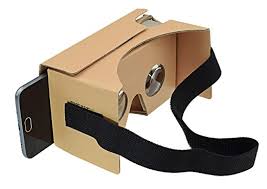
The same can be said for content. Websites like YouTube now have “thousands” of 360 videos available, whilst Apple’s App Store and Google Play have many, (often free) apps available for download. You can even make your own if you have a 360 camera.
Harnessing the appeal of a new technology in VR and bridging the gap between fun and learning, was the driving forced behind why AVANTIS entered the VR space.
“We know the key thing within education with VR is that it increases engagement exponentially”
“We know the key thing within education with VR is that it increases engagement exponentially,” he explained. “Kids want to use the technology and are engaged with what they are seeing. It really increases knowledge retention and with that, we’re seeing better outcomes (grades). We have some fantastic case studies on how VR has helped students and seeing classes achieve better results by retaining the information.”
Shell shocked
As a case in point, the AVANTIS stand provided visitors with the opportunity to experience life in the trenches during the First World War (WW1).
During the show, hundreds, if not thousands of people were able to don the bright orange headsets (manufactured by AVANTIS) which include an inbuilt HD screen, processor, controls and speakers.
“You could see by the reactions and the time in visitors spend on the stand that they‘re deeply engrossed in what they’re experiencing”
For the WW1 scenario, ClassVR was able to create an immersive and realistic experience of what life was like for soldiers on the frontline, with the sound of bullets, explosions and even rats adding to the horror.
Another example discussed by Williams, was for a year-one class of five year olds were taken on a tour of the solar systems, including trips to the Moon and Mars, with the headsets used as space helmets “The possibilities really are endless,” said Williams. “You could see by the reactions and the time in visitors spend on the stand that they‘re deeply engrossed in what they’re experiencing. Would they feel the same way from just looking at a book, or a slide or video? It really is a revolutionary way of learning.”
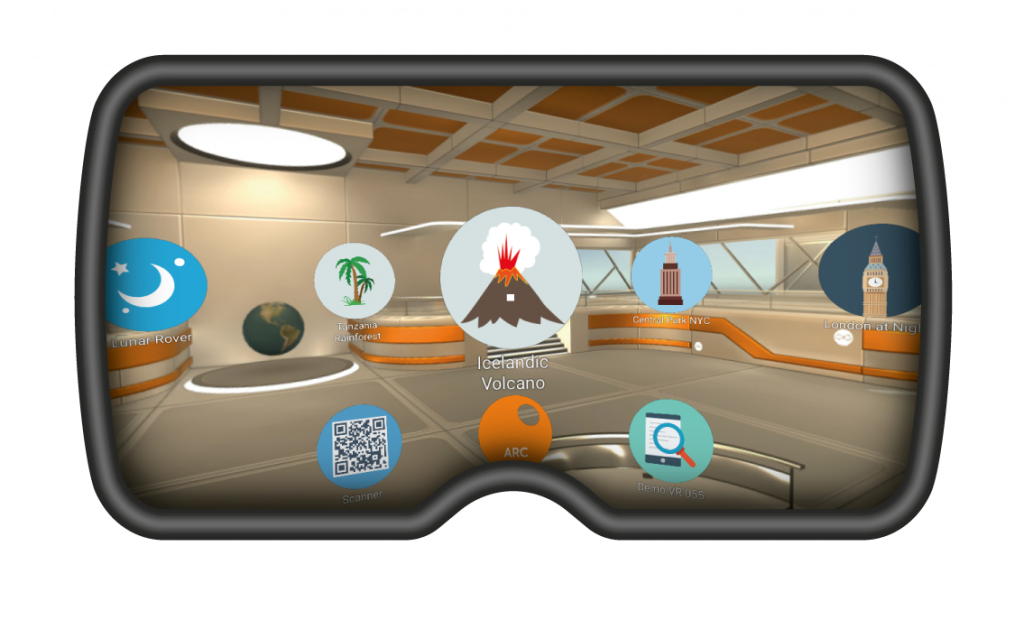
Controlled freedom
One of the key obstacles AVANTIS wanted to overcome in the two years of R&D before launching ClassVR, was the ability for teachers to retain control of the class, without removing the freedom that 360 provides.
The platform gives tutors the ability to see through the eyes of every student, offering them guidance (individually or collectively) to ensure they are seeing and learning about what is intended. They can even “leave a trail of breadcrumbs” to help guide students to a point of interest.
“The technology is new, but it’s not that new,” explained Huw. “VR has been around for the best part of five or six years and used in a number of different guises. Until now, it’s been a very insular experience. So we looked at it and thought how does it translate to a classroom environment and how do we make it a collaborative experience?”
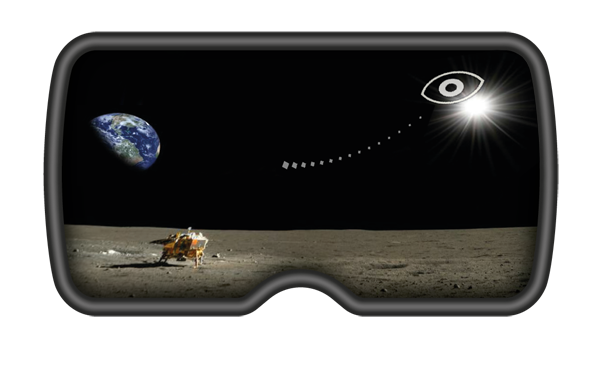
“It’s difficult enough to lead a classroom of 30 children, when you can make eye contact. When they’re wearing a headset covering their eyes it can be very difficult. So it was incredibly important they have that control and that’s where we differentiate.
“The real power of what we have is our ClassVR portal, which enables a teacher to see the headset in real time and deliver experiences collaboratively to each. That way they can see what the children see through these headsets and control the experiences they are having.
“You can select an area of the image and it will guide the headsets to it. We call it dynamic points of interest. So, for example, if you were looking at a 360 degrees image of the pyramids, you could select an area of that image and it would create a breadcrumb trail to all the headsets, to guide everyone to it. Then the teacher can articulate and talk more about it.”
“From working in education for so long, we’ve learned that this needs to be a portal that teachers can use, not just techies”
Content
As mentioned previously, VR content is available on mass. ClassVR provides 520 educational video’s and images as part of the package, but is an open platform, allowing you to add content yourself from sources, such as YouTube and those created yourself.
Williams explained how one teacher went on a trip to Japan and used a 360 camera to take images and record footage of historical artefacts, which were used as part of a lesson plan.
He added the complexity of using ClassVR is minimal, with images and videos simply added (dropped) into its cloud hosted platform where teachers can create a lesson plan. Content is then transferred wireless to the headsets.
“We understand it needs to be simple,” said Williams. “From working in education for so long, we’ve learned that this needs to be a portal that teachers can use, not just techies.”
“We need to make it as affordable as possible”
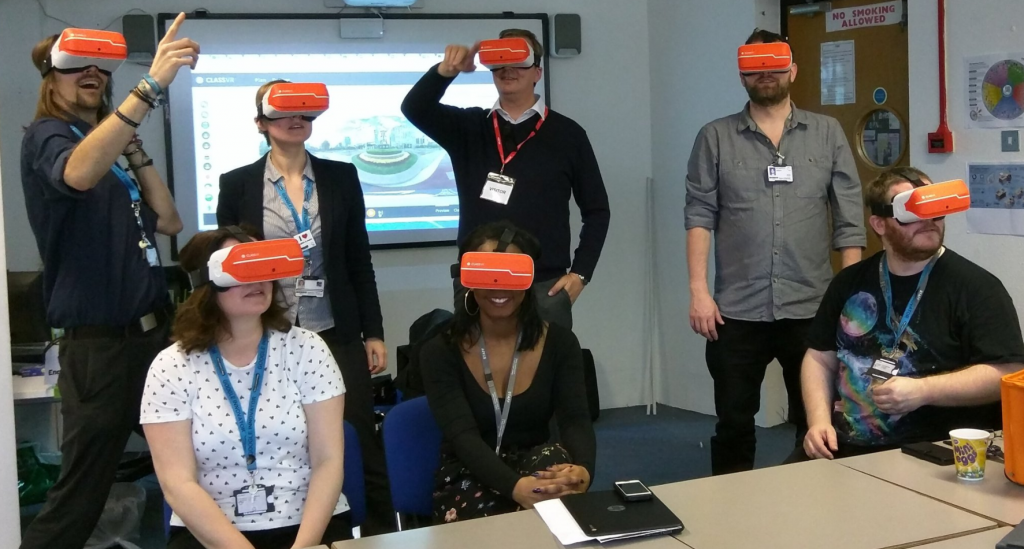
VR for all
AVANTIS is eager to ensure ClassVR is universally accepted and not exclusive only to the privileged. He explained costs have been kept to a minimum where possible by manufacturing its own headsets and only including relevant functionality.
“We understand education and we understand price points,” said Williams. “We need to make it as affordable as possible. “For our headsets, we specified the componentry that’s in them to make sure they’re appropriate for schools. It’s not the high-end device you’ll see like the HTC Vive or the Oculus Rift, which needs to be tethered to a £2,000 PC. What we’re looking at is an appropriate device for the classroom that gives the best experience and at the best price for students and tutors.”
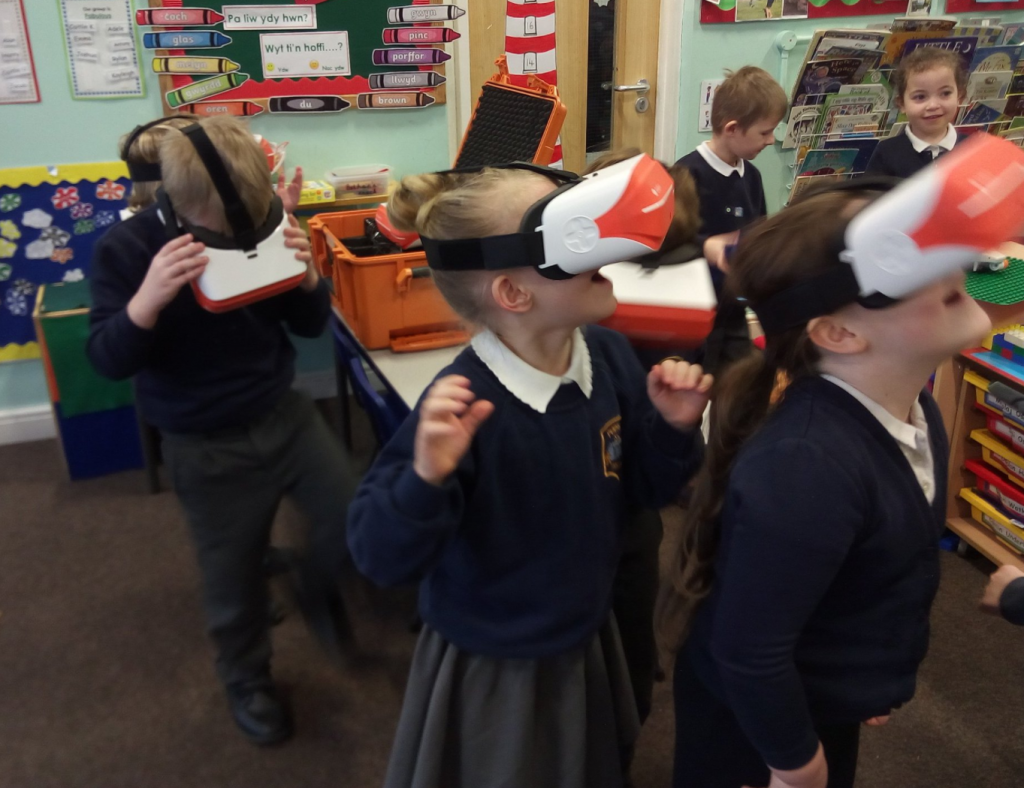
Packages
There are two ClassVR packages available, both of which provide everything required to get started. For £2,249, you get eight headsets and the charging components (including a carry case on wheels), or for £7,999, you get 30 headsets.
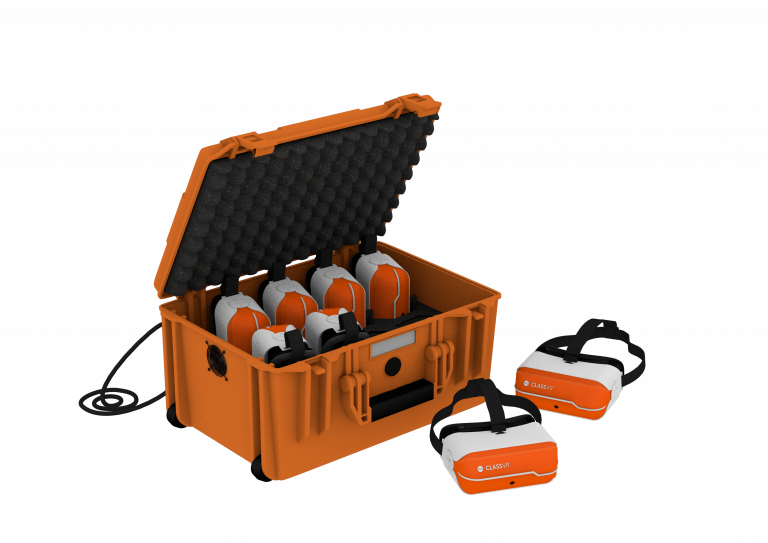
There is also a subscription fee for an annual license to the ClassVR Portal, which costs £249 for primary school and £499 for a secondary school. That gives you access to all of the content, all of the updates and the ability to upload your own content using cloud storage. A four-hour onsite training option is also available for £499.
“VR is in its infancy, but is absolutely not a fad”
“We package everything that a school will need to implement VR,” Williams explained. “They won’t need to get different pieces from different places as we provide everything.
“If you broke it down and considered eight mobile phones and plastic headsets, Bluetooth clickers and a charging kit, it would cost more than that. Its very reasonable and nowhere near what we’ve seen invested in tablets and displays.
He concluded: “What we need to do is show schools the benefits. Its not one per classroom or for every class. It’s a shared resource for the school. It makes it more affordable. We know it’s tough out there, but we believe in the product and we are confident that it can help every child at every level in education. VR is in its infancy, but is absolutely not a fad.”
